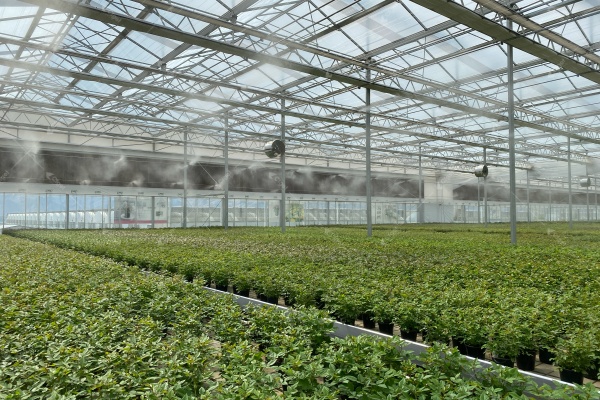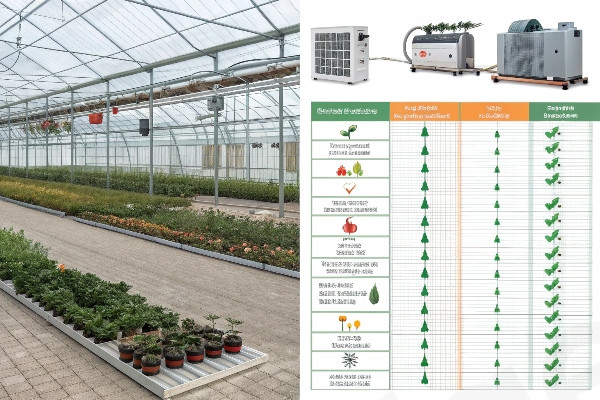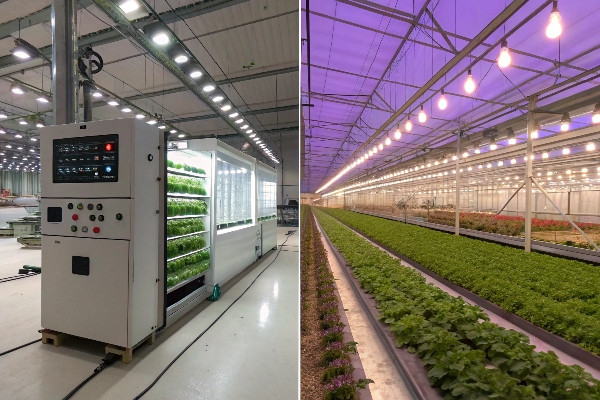Glass greenhouses promise superior light transmission and durability. However, many growers discover unexpected challenges after installation that significantly impact operations and profitability.
Glass greenhouses require 40-60% stronger structural support than polycarbonate alternatives, increasing foundation and frame costs by $15-25 per square meter. Installation complexity doubles project timelines, while fragility creates ongoing maintenance concerns that can cost 20-30% more annually than other covering materials.

Glass installation demands specialized equipment and reinforced structural support systems.
After installing hundreds of greenhouse projects across different climates, I have witnessed both the benefits and drawbacks of glass covering systems. While glass offers excellent optical properties, the practical challenges often surprise new greenhouse operators. Understanding these limitations helps growers make informed decisions based on their specific situations and long-term operational goals.
Heavy, Requiring a Strong Supporting Structure?
Glass weight creates substantial structural demands that increase construction costs and limit design flexibility. The material density affects every aspect of greenhouse engineering from foundations to frame specifications.
Standard 4mm horticultural glass weighs 10-12 kg per square meter compared to 1.5-2.5 kg for polycarbonate panels. This weight difference requires foundation reinforcement, heavier steel frames, and specialized installation equipment, increasing structural costs by 35-50% over lighter covering alternatives.
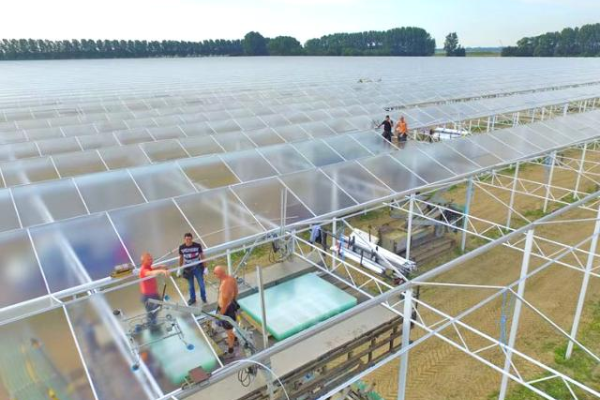
Glass greenhouses demand significantly more robust structural engineering and foundations.
Structural engineering calculations reveal the true impact of glass weight on greenhouse design. Standard horticultural glass at 4mm thickness weighs approximately 10 kg per square meter. When combined with aluminum glazing bars and sealing systems, total roof loading reaches 15-18 kg per square meter before considering snow, wind, or crop loads.
Foundation requirements increase substantially to support these loads. Concrete footings must extend deeper and wider to distribute weight effectively. Our glass greenhouse foundations typically require 40-60% more concrete than equivalent polycarbonate structures. Foundation costs alone increase by $8-12 per square meter due to additional materials and excavation requirements.
Steel frame specifications escalate to handle the increased loads. Main structural members require larger cross-sections and heavier wall thicknesses. Purlin spacing decreases to support glass panel weight adequately. Connection details become more complex with additional bolts and reinforcement plates. These modifications increase frame costs by $20-30 per square meter.
Column spacing limitations affect greenhouse layout flexibility. Glass weight requires closer column spacing to maintain structural integrity, typically 4-5 meters compared to 6-8 meters for polycarbonate structures. Additional columns reduce growing space and complicate equipment installation and crop management activities.
| Structural Element | Glass Requirements | Polycarbonate Requirements | Cost Impact |
|---|---|---|---|
| Foundation depth | 1.2-1.5 meters | 0.8-1.0 meters | +40-50% |
| Steel frame weight | 25-35 kg/m² | 18-25 kg/m² | +30-40% |
| Column spacing | 4-5 meters | 6-8 meters | Reduced flexibility |
| Installation equipment | Cranes, specialized tools | Standard equipment | +25-35% |
Wind load calculations become more critical with glass installations. The rigid nature of glass transfers wind forces directly to the structural frame without the flexibility that polycarbonate provides. This characteristic requires more robust connection details and potentially heavier structural members in high-wind locations.
Seismic considerations in earthquake-prone regions favor lighter covering materials. Glass weight increases building mass and seismic forces, requiring additional structural reinforcement and specialized connection details. Many seismic zones have building codes that discourage heavy roofing materials on agricultural structures.
Transportation and handling logistics complicate glass greenhouse projects. Heavy panels require specialized lifting equipment and experienced installation crews. Site access must accommodate delivery trucks and cranes, potentially requiring temporary roads or ground preparation. These factors increase project complexity and installation timelines significantly.
Fragile, Potentially Leading to Higher Maintenance Costs?
Glass fragility creates ongoing operational concerns that affect maintenance budgets and crop protection. Breakage risks increase with weather events, thermal stress, and normal operational activities.
Hail damage, thermal shock, and impact breakage affect 5-15% of glass panels annually in typical installations. Replacement costs average $8-12 per square meter including materials and labor, while emergency repairs during growing seasons can cost 2-3 times normal rates due to crop protection requirements.
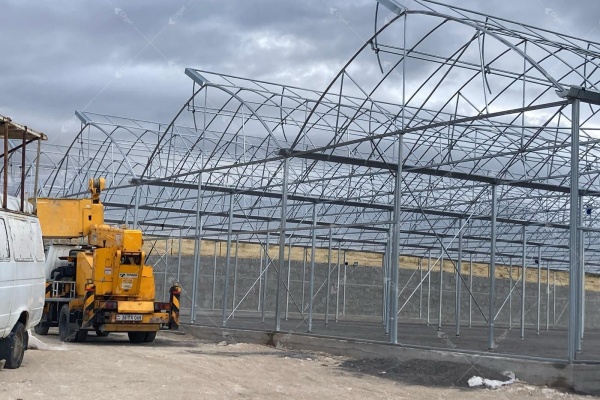
Glass breakage creates immediate maintenance needs and potential crop damage risks.
Breakage patterns vary by geographic location and installation quality. Hail represents the most common cause of glass damage, with severe storms causing widespread panel failures. Our damage assessments show that 3mm glass fails at hail sizes above 20mm diameter, while 4mm glass withstands impacts up to 25mm. Regions with frequent hail storms experience annual breakage rates of 10-15%.
Thermal stress fractures occur during rapid temperature changes, particularly in spring and fall seasons. Glass expansion and contraction rates differ from aluminum glazing bars, creating stress concentrations at panel edges. Poor installation techniques that over-tighten glazing clips increase thermal stress failure rates significantly.
Impact damage from maintenance activities, equipment contact, or falling objects creates localized breakage problems. Ladder placement, pruning activities, and irrigation system installation pose ongoing risks to glass integrity. Training maintenance staff in glass-safe procedures becomes essential but increases operational complexity.
Emergency repair procedures require immediate attention to prevent crop damage from weather exposure. Temporary coverings using plastic sheeting protect crops while replacement glass is ordered and installed. Emergency repairs during critical growing periods often require premium labor rates and expedited material delivery, increasing costs substantially.
Replacement glass availability affects repair timelines and costs. Standard horticultural glass typically requires 2-3 week lead times for delivery. Custom sizes or specialized glass types may require 4-6 weeks, creating extended exposure risks. Maintaining inventory of common panel sizes reduces repair delays but increases working capital requirements.
| Damage Type | Frequency | Repair Cost | Prevention Methods |
|---|---|---|---|
| Hail damage | 5-15% annually | $10-15/m² | Impact-resistant glass, insurance |
| Thermal stress | 2-5% annually | $8-12/m² | Proper installation, expansion joints |
| Impact damage | 3-8% annually | $8-12/m² | Staff training, protective barriers |
| Wind damage | 1-3% annually | $12-20/m² | Adequate structural support |
Insurance considerations become important for glass greenhouse operations. Comprehensive coverage including hail damage, wind damage, and vandalism protects against major repair costs. However, insurance premiums for glass structures typically cost 20-40% more than for polycarbonate or film greenhouses due to higher claim frequencies.
Safety concerns arise from glass breakage in operational environments. Falling glass fragments pose injury risks to workers and damage to crops below. Safety protocols requiring protective equipment and restricted access during repairs increase operational complexity and labor costs.
Cleaning and maintenance procedures require specialized techniques and equipment for glass surfaces. Pressure washing, chemical cleaning, and algae removal must avoid thermal shock and impact damage. Professional cleaning services cost $2-4 per square meter annually, while improper cleaning techniques can cause additional breakage problems.
Difficult and Costly to Install?
Glass installation complexity increases project costs and timelines significantly. Specialized equipment, skilled labor, and precise procedures are essential for successful glass greenhouse construction.
Glass greenhouse installation requires 40-60% more labor hours than polycarbonate alternatives due to handling complexity and precision requirements. Specialized equipment including cranes and glass handling tools adds $5-8 per square meter to installation costs, while weather delays extend project timelines by 25-35%.

Glass installation demands precision, specialized equipment, and experienced installation crews.
Installation procedures for glass greenhouses require significantly more planning and coordination than other covering materials. Glass panels arrive on specialized trucks with protective packaging and handling equipment. Unloading requires careful coordination to prevent damage during material handling and storage on site.
Weather dependency creates major scheduling challenges for glass installation. Wind speeds above 15 mph prevent safe glass handling, while rain or snow make surfaces slippery and dangerous. Temperature extremes affect glazing compound performance and worker safety. These weather restrictions can extend installation schedules by 4-6 weeks in regions with variable weather patterns.
Skilled labor requirements increase project costs substantially. Glass installation requires experienced glaziers familiar with horticultural applications and structural glazing techniques. These specialists command premium wages and may require travel expenses for projects in remote locations. Labor shortages in many regions further increase costs and scheduling difficulties.
Precision requirements during installation affect project quality and long-term performance. Glass panels must align perfectly with glazing bars to prevent stress concentrations and water leakage. Glazing compound application requires consistent thickness and proper curing conditions. Installation tolerances of ±2mm require careful measurement and adjustment throughout the process.
Equipment rental costs add significantly to project expenses. Mobile cranes capable of reaching greenhouse ridge heights cost $800-1200 per day including operator. Glass handling equipment including suction lifters and transport frames add another $200-400 daily. Projects typically require 3-5 days of crane time per 1000 square meters of greenhouse area.
| Installation Factor | Glass Requirements | Alternative Materials | Cost Impact |
|---|---|---|---|
| Labor skill level | Specialized glaziers | General contractors | +30-50% |
| Equipment needs | Cranes, handling tools | Standard tools | +$5-8/m² |
| Weather restrictions | Severe limitations | Moderate limitations | +25-35% timeline |
| Installation precision | ±2mm tolerance | ±5mm tolerance | Higher rejection rates |
Quality control during installation becomes critical for long-term performance. Each glass panel requires inspection for damage, proper seating, and adequate sealing. Glazing compound application must achieve consistent coverage without air bubbles or gaps. These quality requirements slow installation progress compared to more forgiving covering materials.
Site preparation requirements increase for glass installations. Level foundations become more critical due to precise glazing tolerances. Temporary storage areas must protect glass panels from damage during construction. Site access roads may require improvement to handle heavy delivery trucks and crane equipment.
Installation sequencing affects project efficiency significantly. Glass installation typically proceeds from ridge to eaves to maintain structural stability and worker safety. This sequence may conflict with other construction activities, requiring careful coordination of electrical, plumbing, and mechanical installations.
Post-installation inspection and adjustment periods extend project completion timelines. Glazing compound curing requires 7-14 days before full structural capacity develops. Initial settling may require glazing adjustments after several weeks of operation. These factors delay project handover and final acceptance.
Lacks Anti-Drip Features, Affecting Actual Light Transmission?
Condensation formation on glass surfaces reduces light transmission and creates crop management challenges. Unlike polycarbonate panels with anti-drip treatments, standard glass allows water droplets to form and accumulate.
Condensation on glass surfaces reduces light transmission by 15-25% during high humidity periods while creating dripping problems that damage crops and increase disease pressure. Anti-drip treatments for glass cost $3-5 per square meter but require reapplication every 3-5 years to maintain effectiveness.
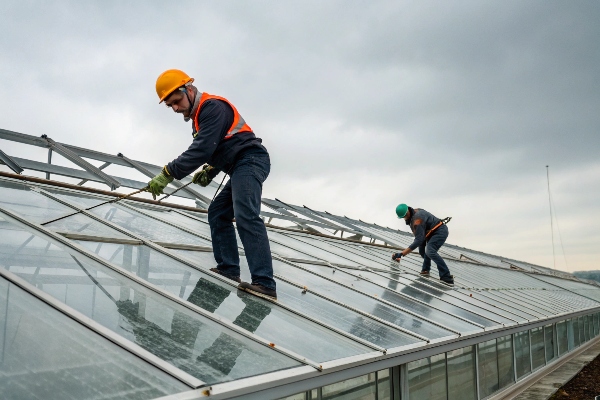
Condensation droplets scatter light and create dripping issues affecting crop quality.
Condensation physics on glass surfaces create multiple operational problems. Water vapor condenses into discrete droplets that scatter and absorb incoming light. These droplets act as tiny lenses that redirect light away from crops below. Light transmission losses of 15-25% are common during high humidity periods, particularly in early morning hours when temperature differentials are greatest.
Dripping from condensation creates direct crop damage through physical impact and disease promotion. Water droplets falling on sensitive flowers, fruits, or leaves cause bruising, spotting, and quality degradation. Constant moisture on plant surfaces promotes fungal and bacterial diseases that require additional pesticide applications and crop losses.
Surface tension properties of glass encourage droplet formation rather than sheet flow. Unlike treated surfaces that promote water sheeting, glass allows discrete droplets to form and grow until gravity causes them to fall. This characteristic makes glass inherently problematic for greenhouse applications without surface treatments.
Anti-drip treatments provide temporary solutions but create ongoing maintenance requirements. Surfactant coatings reduce surface tension and promote water sheeting instead of droplet formation. However, these treatments degrade over time due to UV exposure, temperature cycling, and cleaning activities. Reapplication every 3-5 years costs $3-5 per square meter including materials and labor.
| Condensation Effect | Impact on Operations | Mitigation Cost | Effectiveness |
|---|---|---|---|
| Light reduction | 15-25% transmission loss | Anti-drip treatment: $3-5/m² | 3-5 year duration |
| Crop dripping | Disease, quality issues | Ventilation improvements | Ongoing energy cost |
| Disease pressure | Increased fungicide use | $2-4/m² annually | Partial solution |
| Cleaning frequency | Weekly cleaning needed | $1-2/m² annually | Temporary improvement |
Ventilation management becomes more critical in glass greenhouses to control condensation formation. Higher ventilation rates reduce humidity levels but increase heating costs during cold periods. Balancing condensation control with energy efficiency requires sophisticated climate control systems and increased operational attention.
Cleaning frequency increases substantially to maintain light transmission levels. Condensation promotes algae growth and dust accumulation on glass surfaces. Weekly cleaning during high humidity seasons becomes necessary to maintain acceptable light levels. Professional cleaning costs $1-2 per square meter per application, adding significantly to annual maintenance budgets.
Alternative glass treatments including hydrophilic coatings show promise but remain expensive and unproven in long-term greenhouse applications. These treatments cost $8-12 per square meter initially but may provide 10-15 year effectiveness. However, limited field experience makes performance guarantees difficult to obtain.
Crop selection considerations become important in glass greenhouses due to condensation issues. Plants sensitive to moisture on foliage perform poorly under glass without anti-drip treatments. Crops requiring high light levels suffer more from condensation-related light losses. These factors may limit crop options or require additional environmental control investments.
Heating system design affects condensation formation patterns. Radiant heating systems warm surfaces and reduce condensation formation. However, radiant systems cost 20-30% more than forced air heating and require different installation procedures. The choice between heating systems significantly impacts both initial costs and ongoing condensation management.
Conclusion
Glass greenhouses offer excellent light transmission but create substantial challenges through heavy structural requirements, fragility concerns, complex installation needs, and condensation management issues.
